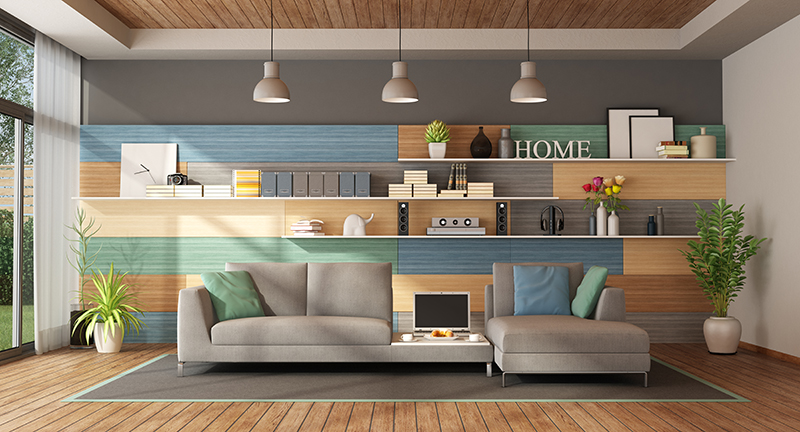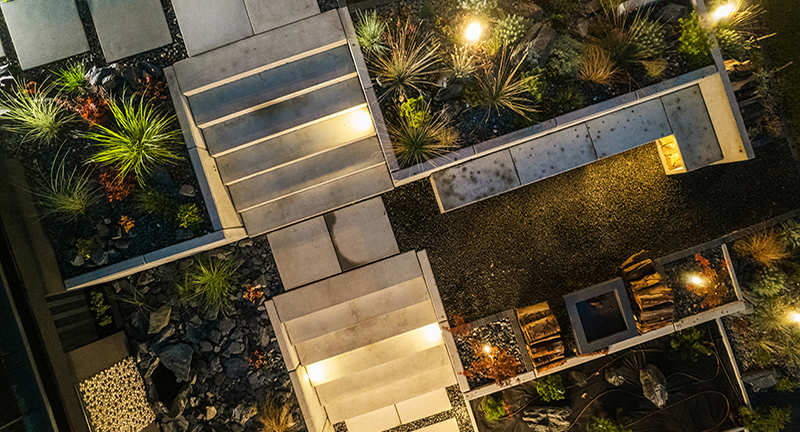How to Design a Home That Tells Your Story
Table of Contents
- Introduction
- Start With Your Story, Not a Style
- Think in Layers: People, Purpose, and Place
- Incorporate Personal Memories and Meaning
- Design Around Everyday Life
- Embrace Your Values Through Design
- Use Architecture as Language
- Don’t Just Decorate—Curate
- Make Room for Growth
- Work With Designers Who Listen
- Final Thoughts: Your Home, Your Voice
Every home has a story. Whether it’s one of a growing family, a fresh start, or a long-awaited retirement, a well-designed home captures not just the needs of the present, but the journey and personality of the people who live there. At Hothico Architects, we believe a home should do more than provide shelter—it should express who you are, how you live, and what matters most to you.
In this blog, we’ll explore how you can design a home that reflects your personal story. We’ll walk you through practical steps, real examples, and thoughtful questions to ask during the planning process. Whether you’re building from the ground up or renovating an existing space, this guide will help you align your home with your identity.
Start With Your Story, Not a Style
Designing a home that reflects you begins by understanding who you are. Before thinking about layouts, colors, or furnishings, take some time to reflect:
What are your daily routines?
What hobbies or interests shape your life?
What kind of spaces make you feel calm, inspired, productive, or connected?
Do you have any cultural or family traditions that influence how you use your home?
At Hothico Architects, we encourage clients to start with a personal narrative. For example, one client, a ceramic artist, needed a home that balanced living with working. Her story shaped everything—from the open kitchen that doubled as a creative gathering space, to the sunlit studio tucked behind a garden wall.
Think in Layers: People, Purpose, and Place
To design a meaningful home, consider three overlapping layers: who lives there, what they need, and where the home is located.
1. People:
Design decisions should revolve around the people who live in the home. A family with children will have different needs than a single professional or retired couple. Think about relationships, routines, and roles. Design should support the way you connect, rest, eat, work, and play.
2. Purpose:
Each room should serve a purpose that reflects your life. It’s not about the number of rooms—it’s about their function. A book lover might prioritize a quiet reading nook over a formal dining room. Someone who loves hosting may want a large, flexible kitchen and living space.
3. Place:
Your location tells its own story. Climate, landscape, and local culture all influence how a home functions and feels. At Hothico Architects, we work closely with the environment. A home in the Punjab plains will differ from one in the hills of Himachal—not just in structure, but in materials, orientation, and layout.
Incorporate Personal Memories and Meaning
Great homes go beyond trends. They are filled with meaning—objects, materials, and spaces that recall personal stories. Consider how to incorporate these elements:
Use reclaimed wood from an old family home
Frame a wall with childhood photographs or art from your travels
Convert heirloom furniture into something functional for your current lifestyle
Choose materials or finishes that reflect your roots or culture
One of Hothico Architects’ clients built a new home on ancestral farmland. Instead of erasing the past, we helped them integrate it. Old stone boundary walls were repurposed for the courtyard, and an antique wooden door from their grandfather’s home became the entry to the pooja room.
Design Around Everyday Life
Storytelling isn’t just visual. It’s also about flow and function.
Ask yourself:
Where do you drink your morning tea?
Do you like to cook alone or with others?
Where do you want sunlight in the morning and shade in the afternoon?
Do you need a place to work from home or relax after work?
These answers shape a layout that supports how you live. A good design flows naturally with your habits. Hothico Architects approaches every project by mapping real-life routines. We think about transitions—how a day begins, how people move through spaces, and where comfort or convenience matters most.
Embrace Your Values Through Design
Your home should reflect what you value. Whether that’s sustainability, simplicity, community, or creativity, these values guide design decisions.
Sustainability: Choose passive cooling techniques, solar orientation, natural light, and materials with low environmental impact.
Community: Create spaces that encourage interaction—verandas, shared dining areas, and garden sit-outs.
Privacy and Boundaries: Design quiet zones, personal retreats, or private gardens within the home.
Creativity: Leave room for flexible spaces—an art wall, a multipurpose room, or a corner that evolves over time.
Hothico Architects often asks clients to define their top three values. This helps keep every design choice rooted in what matters most.
Use Architecture as Language
Architecture communicates. A sloped roof, exposed brick, arched doorway, or courtyard—all of these speak volumes. The right design elements can make a home feel grounded, welcoming, dramatic, or humble.
Think about how you want your home to speak:
Do you want a bold entrance or a subtle threshold?
Should your living room be open to the outdoors or tucked in for intimacy?
Do you want traditional elements (like jharokhas or jaalis) or modern geometry?
One client working with Hothico Architects wanted to blend modern living with rural memories. We used clean lines and polished concrete alongside carved wooden screens and clay tile roofs—blending both worlds into a unique architectural expression.
Don’t Just Decorate—Curate
Furnishings and décor also tell your story, but not everything needs to be new or match a theme. Curate your space the way you’d curate a personal album.
Mix modern with old: Pair contemporary sofas with a vintage rug from your childhood home
Display handmade pieces that remind you of people or places
Avoid overfilling; let every object have space and meaning
At Hothico Architects, we advise clients to build their interiors slowly. Instead of rushing to “complete” a space, live in it, experience it, and let it evolve. This creates a layered home that reflects real life rather than a catalog image.
Make Room for Growth
Your story isn’t static. Homes should evolve with time. A room that’s a nursery today might become a study later. A guest room could transform into a studio or meditation space.
Designing with flexibility in mind is key. Think about:
Multipurpose rooms with sliding partitions
Modular storage
Movable furniture
Outdoor areas that can be expanded or redefined
This approach ensures your home keeps up with your journey—not just your current chapter.
Work With Designers Who Listen
Ultimately, telling your story through design is easier when you have collaborators who understand it. At Hothico Architects, we prioritize listening over imposing. We ask questions, dig into stories, and co-create solutions.
Clients often come with scattered ideas, Pinterest boards, and magazine clippings. Our role is to translate those fragments into a coherent, personal, and functional home. We believe the best homes are built through trust, conversation, and a shared vision.
Final Thoughts: Your Home, Your Voice
There’s no formula for designing a home that tells your story. It’s about thoughtful decisions, honest conversations, and being clear about who you are and how you want to live. It’s about slowing down and designing with intention—not just for function or resale value, but for memory, identity, and meaning.
Your home is more than a structure—it’s your space in the world, shaped by your past and future. Let it speak for you.
Whether you’re starting fresh, renovating, or simply dreaming, let your story guide the process. And when you’re ready to begin, consider working with a team like Hothico Architects—we’re here to listen, understand, and help you design a home that’s truly yours.





